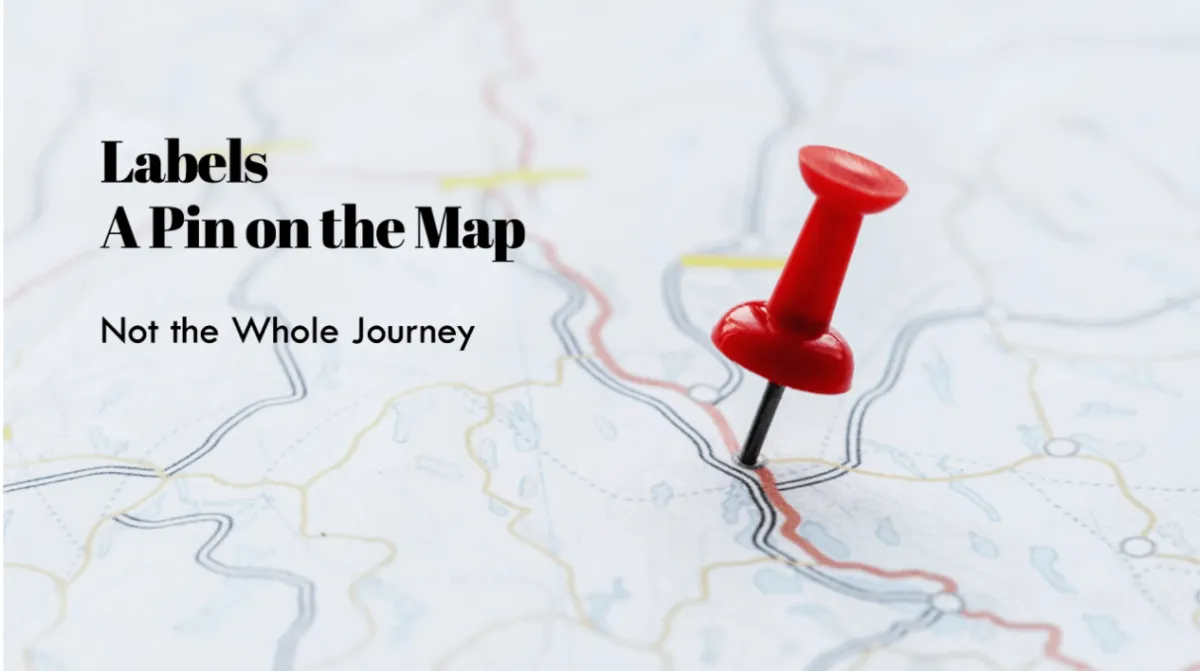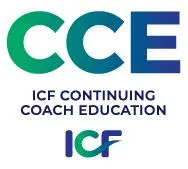Our Blogs
Education is constantly evolving, and our blog keeps you informed and empowered with the latest insights.

Labels: A Pin on the Map, Not the Whole Journey
By Kohila Sivas
https://www.learningsuccessacademy.com/
Labels. Some people embrace them; others avoid them like that questionable yogurt in the back of the fridge. But here’s the thing—labels aren’t the problem. It’s how we use them that makes all the difference.
For me, labels act as a pin on a map. They tell us, “Here’s where we are,” but they don’t define the entire journey. In school, labels often unlock access to support, resources, and funding—things that can genuinely change a child’s learning experience for the better.
But does that support always translate into real, lasting change? Not always. That’s a conversation for another day, but the reality is that even with the best intentions, the system isn’t fully built to meet every child’s needs—yet.
Outside school walls, though? A label can feel like an endpoint. “We’ve defined it. Now what?” In the real world, there’s no IEP team ensuring accommodations, no extra funding to support different learning styles. Too often, labels become a stopping point rather than a tool for growth.
But here’s the thing—labels shouldn’t be walls. They should be doors. And what do doors do? They open. They lead to new possibilities, new ways of thinking, new ways of learning. A door is meant to be opened, explored, and stepped through—not just admired from the outside. Our job isn’t to stop at the label, but to use it as a starting point, walking through with curiosity, creativity, and a commitment to helping every child thrive.
Find the Block, Not the “Weakness”
Our coaching approach isn’t about fixing what’s “wrong” with a child—it’s about uncovering what’s in the way. Because learning and stress? They don’t mix. When a child feels pressured, their brain locks up, and nothing sticks. So instead of drilling into what they struggle with, we step back and ask:
Where is the block?
— Is it mental? A concept that just won’t click?
— Emotional? A fear of failure holding them back?
— Physical? Do they need movement to stay engaged?
What’s causing the stress?
— Too many rules?
— A rigid learning style that doesn’t fit?
— An experience that made learning feel unsafe?
How can we help them flow?
— What naturally sparks their interest?
— What makes them light up when they talk about it?
At the heart of it all, interest should lead the way. Kids are wired to learn—it’s what they do best when given the right environment. Our job isn’t to fit them into a mold but to guide, ground, and bring awareness to their blocks, not their labels. We don’t want them fixating on what they “suck at.” We want them to see their own strengths, find their own rhythm, and embrace their own way of learning.
Don’t Fight Their Brain’s Natural Flow
Some kids learn best sitting still, hands folded, eyes forward. Others need to move, fidget, pace—maybe even do a handstand while reciting math facts. And that’s okay. Learning isn’t one-size-fits-all, and trying to force a child’s brain into a mold that doesn’t fit is like trying to teach a cat to fetch—you can try, but it will test your patience, require some creative thinking, and probably not go exactly as planned.
🚫 Forcing stillness when their brain needs movement = a battle you won’t win.
✅ Instead, redirect energy into purposeful action—standing, pacing, talking it out.
When we stop fighting their natural learning flow and start working with it, everything changes. The goal isn’t to suppress movement but to channel it into something productive. Maybe they need to stand while reading, walk around while brainstorming, or talk things out loud before writing them down. When we honor how their brain works, we unlock their ability to learn in a way that actually sticks.
Blocks Aren’t Barriers—They’re Clues
If we reframe challenges as blocks—whether mental, emotional, or energy-related—we realize the solution isn’t to push harder but to understand deeper. A block isn’t a dead end; it’s just a signal that something needs attention.
A mental block? Maybe they need a different explanation, a new perspective.
An emotional block? Maybe they need patience, space, or just to feel heard.
An energy block? Maybe sitting still isn’t the answer. Maybe they need to move, bounce, or talk things through out loud.
The key is to be curious, patient, and adaptable. Learning isn’t about forcing a specific method—it’s about finding what works best for each child.
When We Stop Fighting, We Start Learning
At the end of the day, we can either fight a child’s natural learning rhythm or work with it. One leads to stress and frustration (for both of you). The other leads to progress, engagement, and, dare I say, actual enjoyment of the learning process.
So instead of seeing labels as limits, let’s use them as starting points. Instead of viewing movement as a distraction, let’s recognize it as a tool. And instead of treating learning challenges as obstacles, let’s see them for what they really are—opportunities to meet kids where they are and help them grow in the ways that work best for them.
Because when we stop fighting how their brain naturally works, we stop just teaching facts—we start coaching them. And that’s where the real magic happens.
Labels, at their best, are just pins on a map. They tell us where we are, but they don’t dictate the journey. And a label should never be a wall—it should be a door, leading to new ways of understanding, exploring, and supporting growth.
It’s time to let curiosity, patience, and creativity lead the way.
Labels can be a door or a dead end—it all depends on how we use them. How do you see labels shaping learning? Let’s start the conversation.

Follow Us
Follow Us
FOR SUPPORT ISSUES OR QUESTIONS, PLEASE EMAIL: [email protected]
Privacy Policy | Terms of Service
Copyright © 2024 - Learning Success Academy


